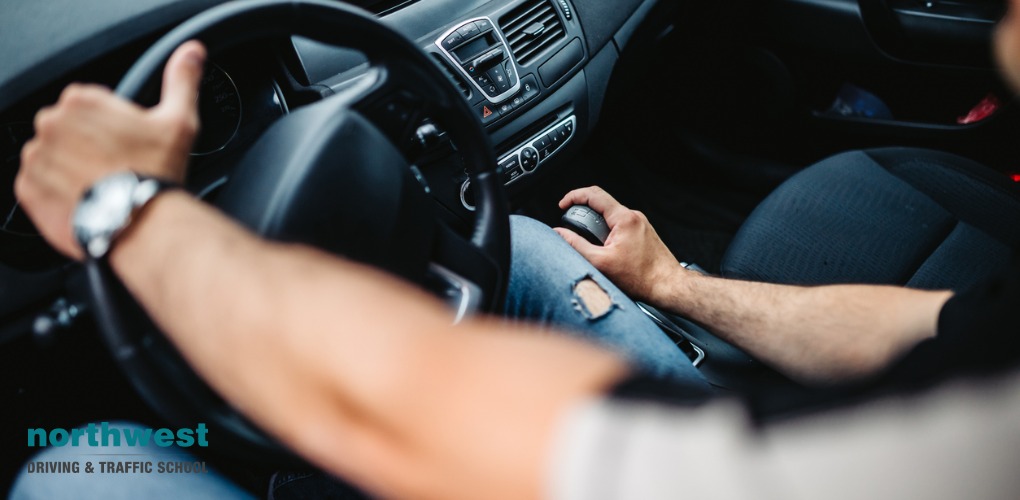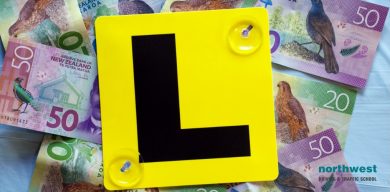- Driving School
How to Find the Biting Point

When it comes to learning to drive, you’re not expected to know everything straight away.
Through time, work, and hands-on experience, you’ll keep getting better, familiarizing yourself with the kind of quirks you only really understand by doing, not just reading about.
With our handy hints, you’ll know what to expect when it comes to how a clutch works and looking for the biting point; mastering it will be all up to you, and your driving instructor.
Table of Contents
Clutch control and the biting point
How a clutch works:
Without getting too bogged down in the mechanics, the clutch is made up of 2 metal plates in the engine. When you press the clutch down the plates separate the engine from the wheels allowing you to switch gears.
When the clutch pedal’s down, the engine isn’t driving the wheels. When it’s released, the wheels are under the full grip of the engine.
This is where you could slip into the bad habit of coasting – when you move the car by keeping the clutch depressed to free-wheel and not use the engine. This can be dangerous as you may have less control of the car, so your instructor will teach you how to avoid doing it.
What’s the Biting Point?
When you raise the clutch and the 2 plates move closer together, eventually, they make contact with each other.
When you reach this biting point, essentially it means the engine can start moving the wheels.
Clutch control tips and finding the biting point
To find the biting point:
- Using your left foot press the clutch fully down to the floor before selecting first gear.
- Place your right foot on the accelerator pedal and hold it steady.
- As you slowly start to lift your left foot off the clutch, you’ll feel the engine and wheels starting to engage and may see the front of the bonnet rise a little. Now hold your feet steady.
- When you first learn to drive, finding the biting point will be something you have to play around with. This is a case where practice makes perfect.
- Hill starts and biting points
- Once you’ve started getting to grips with the basics of driving, you’ll probably be tasked with stopping and starting on a hill. Hill starts will show your driving instructor you’ve got excellent control of the car, and there’s a high chance it’ll be a part of your driving test if your test center is anywhere near a hill. But finding the biting point can prove more difficult during an uphill start.
Tips for a successful hill start:
- Understanding the importance of good clutch control is the basis for a successful hill start. You’ll first need to press down harder on the accelerator than usual.
- On a flat road, when moving off, your gas is around 1500rpm on the rev counter; on a hill start you should aim for around 2000rpm.
- When you move the car off it must work harder to pick up momentum and you may need to release the clutch from the biting point area slower than normal to avoid stalling.
- You’ll probably have to stay in lower gears for longer than usual, giving the engine more power to drive up the hill.
To learn something properly, often you need to put down the books and get some hands-on experience – or, pardon the pun, you need to put yourself in the driving seat. Your driving instructor will show you everything you need to know, but a little head-start can ease your nerves and get you prepared for your life on the road faster.
Learn to Drive in Nevada Today!
The Northwest Driving School and Traffic School provides the Las Vegas community with live driving and traffic classes taught by seasoned instructors. All of our driving instructors have passed background checks. Each automobile is DMV safety-approved, and every member of the Northwest family is committed to providing excellent driver’s education and behind-the-wheel instruction.
At Northwest, you can expect to find outstanding classes, both on campus and behind the wheel, that are engaging, fact-filled, entertaining, and geared toward success.
We make no bones about it, we believe that Northwest provides the best driving lessons in Las Vegas, no matter your age or background. We are proud of the fact that 98% of our students pass their test on the first try. Call us at (702) 403-1592 to start your driving adventure with one of our expert instructors.
Written by:
Rich Heinrich
Master Instructor / General Manager




